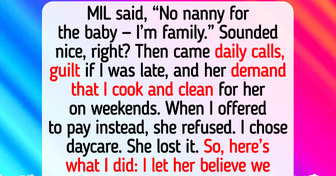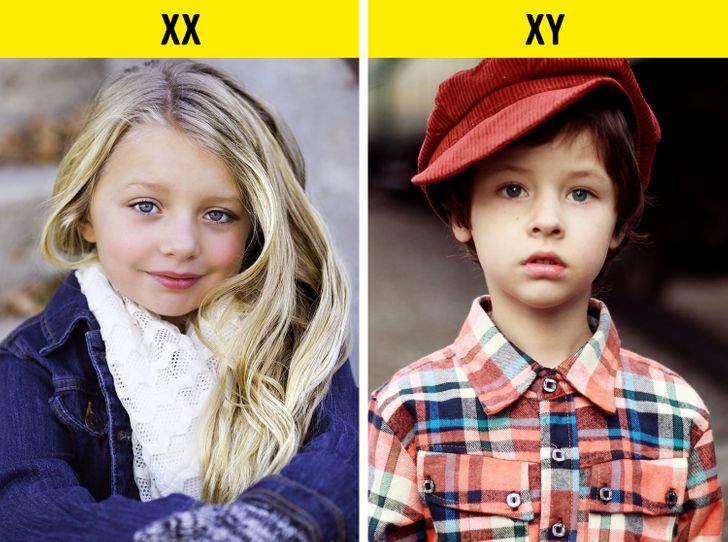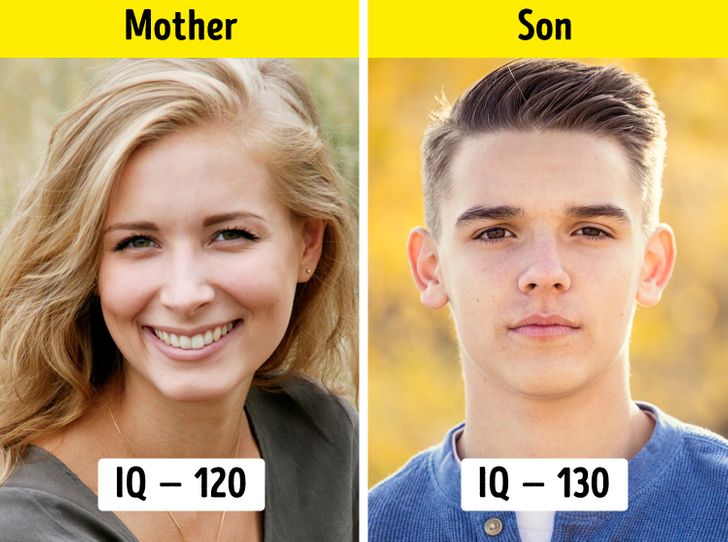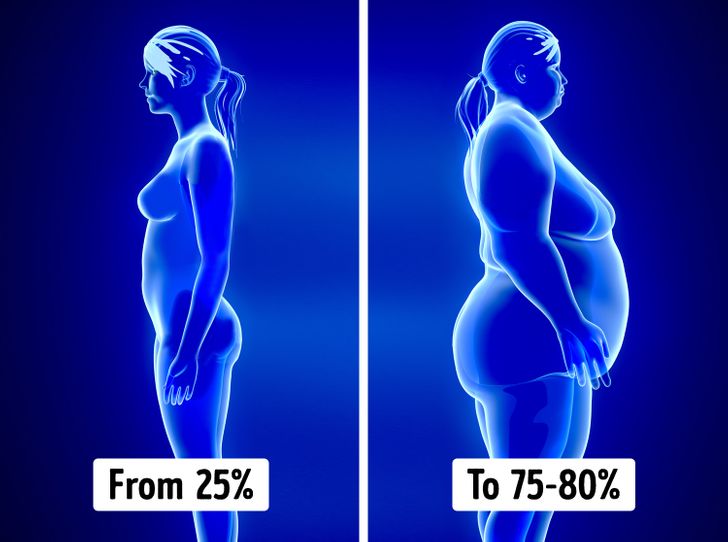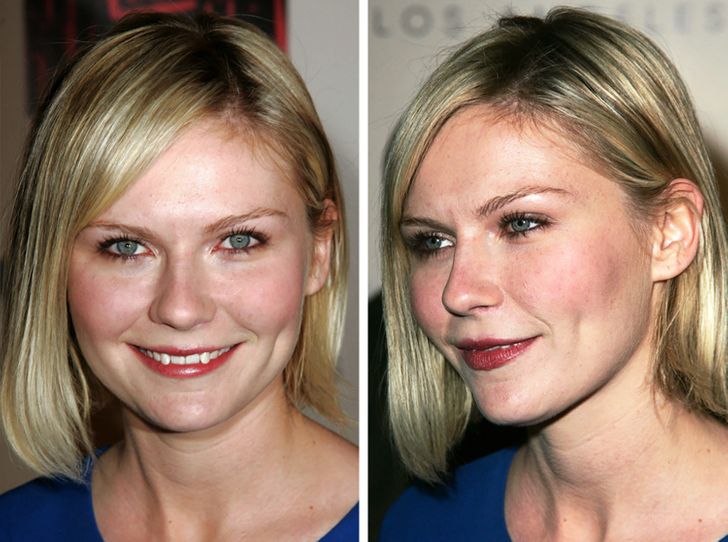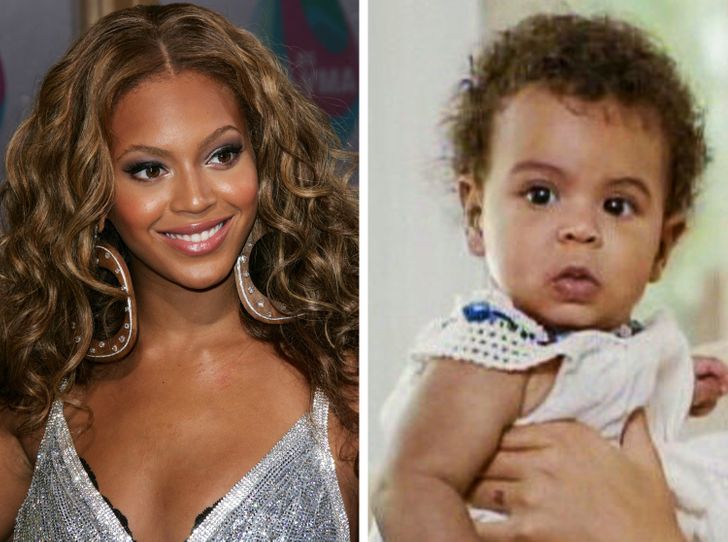Scientists Reveal Which Genes Come From Your Mom and Which You Get From Your Dad
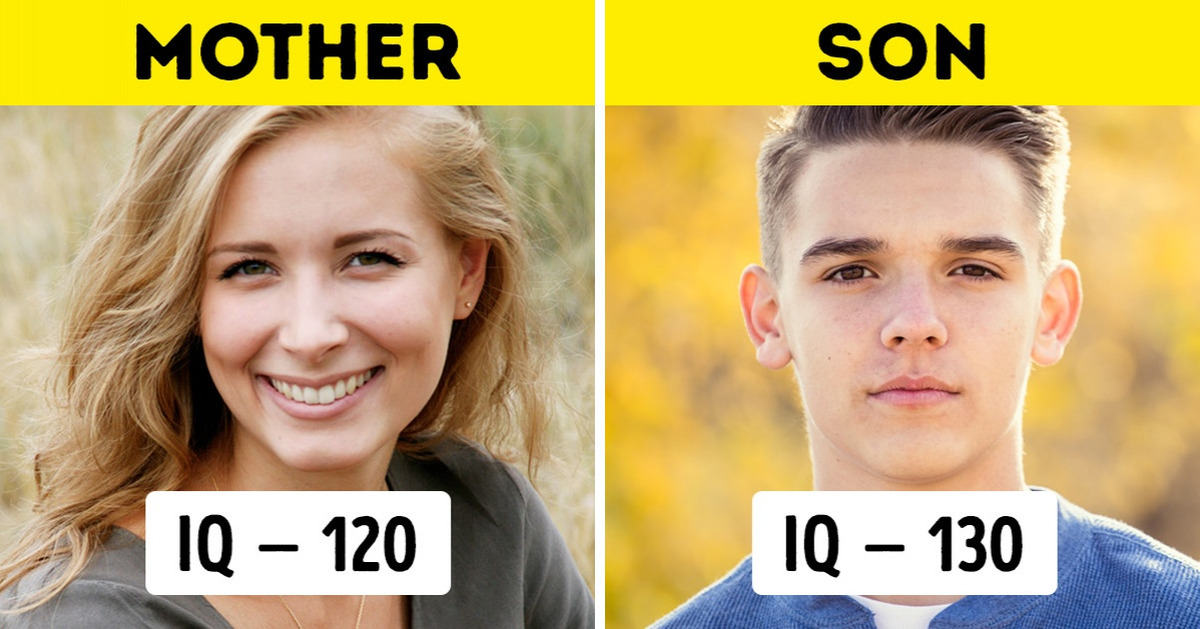
If you’ve heard someone tell you something like, “You are a copy of your mother,” you should know that this is a false statement. In fact, we (especially women) are more like our fathers, and not our mothers. Besides, there is a theory that a father’s lifestyle before the conception of the baby, including the food he eats and how he feels, are the basis of the future health of the baby. This article will tell you about the traits that are inherited from the father and which are from the mother.
Bright Side wants you to remember that even if you have good genes, you should still maintain a healthy lifestyle. Because, in the end, your lifestyle is the key factor to how you will look and feel.
Most of the time, children inherit the shape of the tip of their nose, the area around their lips, the size of their cheekbones, and the corners of their eyes. These are the key areas highlighted during facial recognition, and people who have similar-looking areas that we mentioned above, will appear almost identical.
Mother’s genes are usually 50% of a child’s DNA, and father’s genes are the other 50%. However, male genes are much more aggressive than female genes, that’s why they are usually more prominent. So, there are usually 40% active female genes and 60% active male genes.
A pregnant woman’s body identifies the fetus as a partially alien body. In order to save the baby, it has to find peace with the aggressive genes from the father (sometimes, at the cost of her own genes). However, it is still possible to figure out which traits a child can inherit from their father and which they get from their mother.
Sex
The sex of the future baby depends on the father. From their mother, a baby always receives the X-chromosome and from father either an X-chromosome (which means it will be a girl) or a Y-chromosome (which means it will be a boy).
If a man has a lot of brothers in his family, he will have more sons and if he has a lot of sisters, he will have more daughters. Only some men have a relatively equal number of X- and Y-chromosomes in their sperm and they are equally likely to have boys or girls.
Y-chromosomes have fewer genes than X-chromosomes and some of them are responsible for the development of male genitals. This is why a boy is more likely to look like his mother. When it comes to girls, they receive X-chromosomes from both parents, so it’s impossible to predict what they will look like.
Intelligence
The genes responsible for intelligence are contained in the X-chromosome. This is why sons inherit their intelligence from their mothers. Daughters receive their intelligence from both parents. However, only up to 60% of a mother’s intelligence is inherited, the rest is received over the course of their lives — nothing can replace hard work.
Inclination for mental illness
With age, the quality of sperm decreases. This is why elderly men can pass on mutated genes to their children. This increases the risk of developing mental illnesses, autism, hyperactivity, or bipolar disorder. Also, children born to fathers who are over 45 years old or more are more likely to have learning difficulties.
And men who were infertile and the conception was done artificially, often have sons with the same problem.
Inclination to be overweight
The inclination to be overweight or to be fit is inherited genetically. Some people’s weight and waist measurements are based on genes about 25-80% of the time. People who try to combat extra weight often inherit it from their parents. In situations like these, it is really hard to lose the extra pounds. But even in this case, a reasonable diet and physical activity will be beneficial.
The inclination to be fit or overweight can be equally inherited from either parent, but the inclination to be fat is inherited more often than the inclination to be fit.
The weight of a child depends mostly on their mother. Overweight mothers tend to have overweight and big babies. It doesn’t depend on how much a father weighs, a child will be thin if a mother is thin. And if a mother is overweight, her child may carry extra weight right after birth.
Eye color
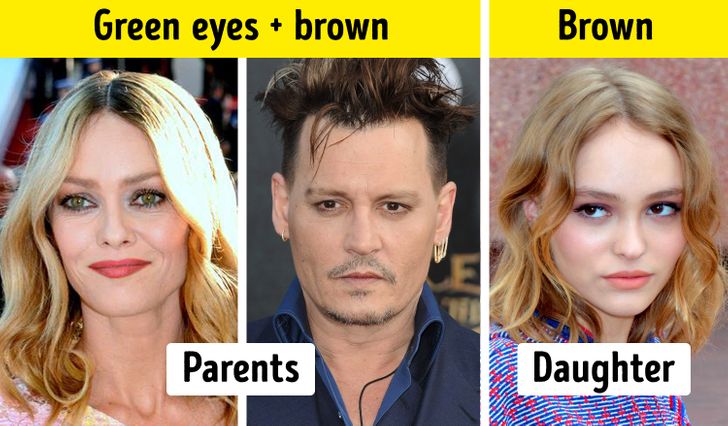
Brown eye color is not a dominant gene, like we used to think. Actually, eye color is the result of 8 different genes. This explains why sometimes kids born to blue eyed parents can be born with green, hazel, or brown eyes. It just depends on how those genes collaborate.
Dimples
Dimples are a dominant trait. If at least one of the parents has dimples, it’s likely that the child will have them too.
Curly hair
Curly hair is really beautiful and many mothers dream of having a child with curly hair. But, despite the fact that curly hair is a dominant trait, even if one of the parents has it, it doesn’t mean the child will have this hair.
The simple system is like this:
- If both parents have curly hair, the child will have curly hair too.
- If both parents have straight hair, the child will have straight hair.
- If one of the parents has curly hair and the other one has straight hair, the child will have wavy hair.
Bonus: How to predict what your baby will look like
Look at the family photos of both parents. Pay attention to the traits that are found in most relatives (a crooked nose, curly hair, dark eye color). These traits are dominant and it is highly likely that your future baby will have them too.
Which of your parents do you take after? Maybe your child amazed you with an unusual eye color or curly hair? Tell us in the comment section below.
Comments
I have super curly hair that was wavy until I was 13 when it turned curly (at puberty). Neither of my parents have curly hair nor my grandparents. My great grandmother had curly hair (Irish). One of my sons has kind of curly hair but nothing like mine. I have several 3rd cousins that have curly hair similar to mine but hardly any closer kin to my great grandmother that has it. I think only one of her sons had curly hair, maybe 2, she had 6 and 6 daughters. I don’t think any of the girls had curly hair. My grandmother, her daughter, did not.

Related Reads
10 Early Signs That Your Partner Will Break Your Heart

10+ Stories That Have a “Wow” Finale

I Can’t Believe What My Ex-Husband Asked Our Daughter to Do
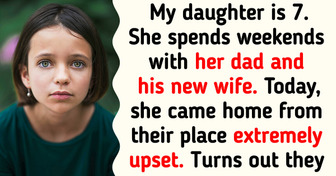
11 Safety Tips All Women Should Know Inside Out

Mom Opens Up About Her Pregnancy With a Huge Baby Bump: “I Was Massive, Hurting So Bad”
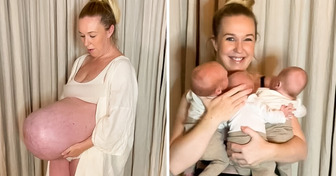
15 Stories That Show Kindness Can Change a Life in a Single Moment

15+ Raw Stories About Jealousy That Can Leave You Speechless

I Refused to Return My Coworker’s Old Office—Now the Whole Team Has Turned on Me
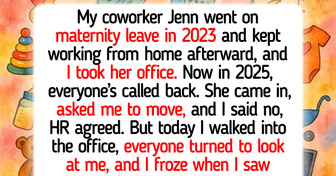
11 Stories That Remind Us Kindness Takes a Minute, but Means the World
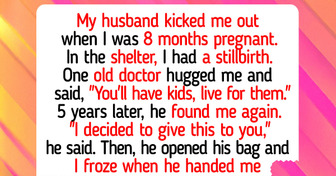
My Mom Ignored Me for Years, Then Suddenly Begged Me for Help

I Refused to Pay for My Stepson’s College—He’s Not My Responsibility

My MIL Wanted Me to Be Her Free Maid — She Didn’t Expect My Next Move
